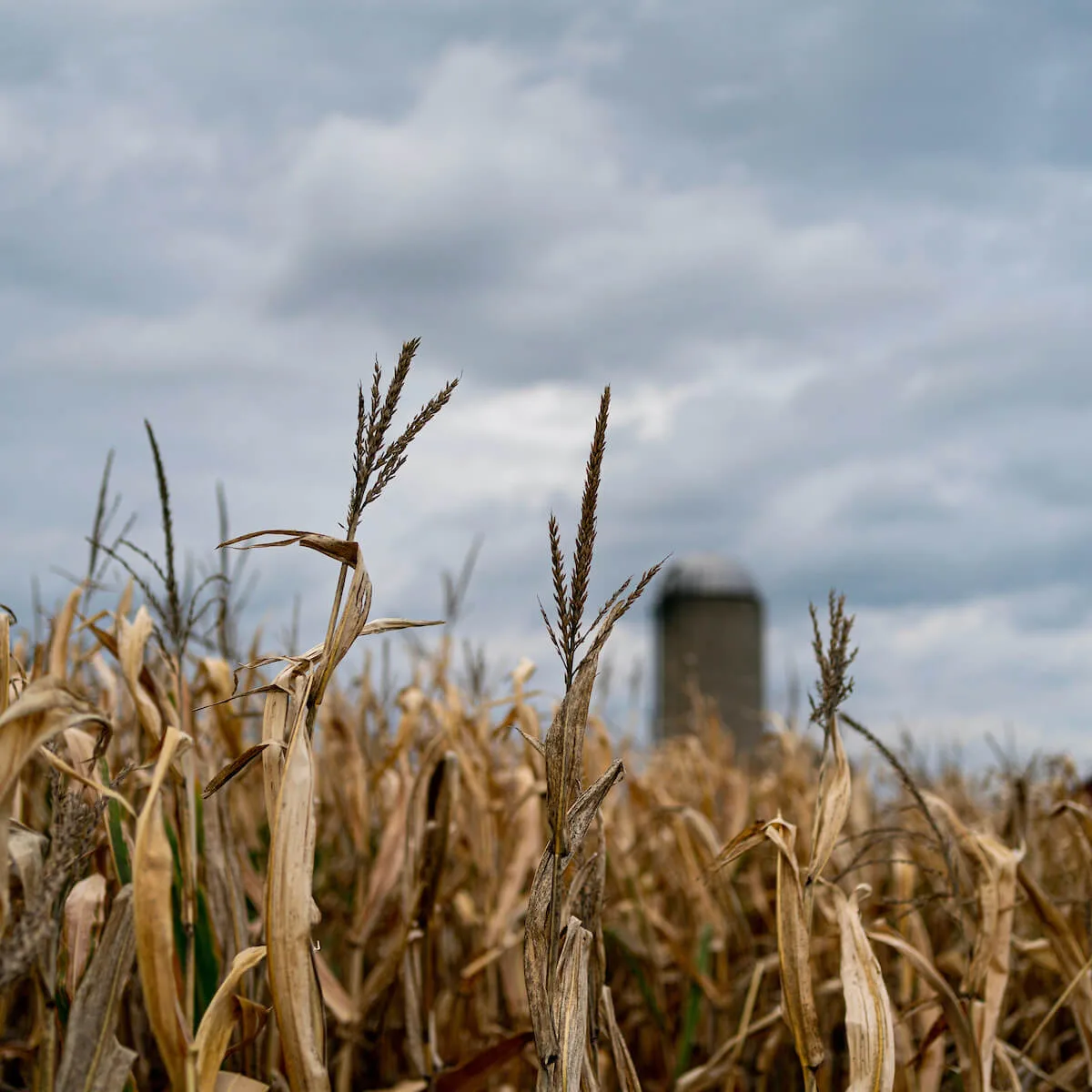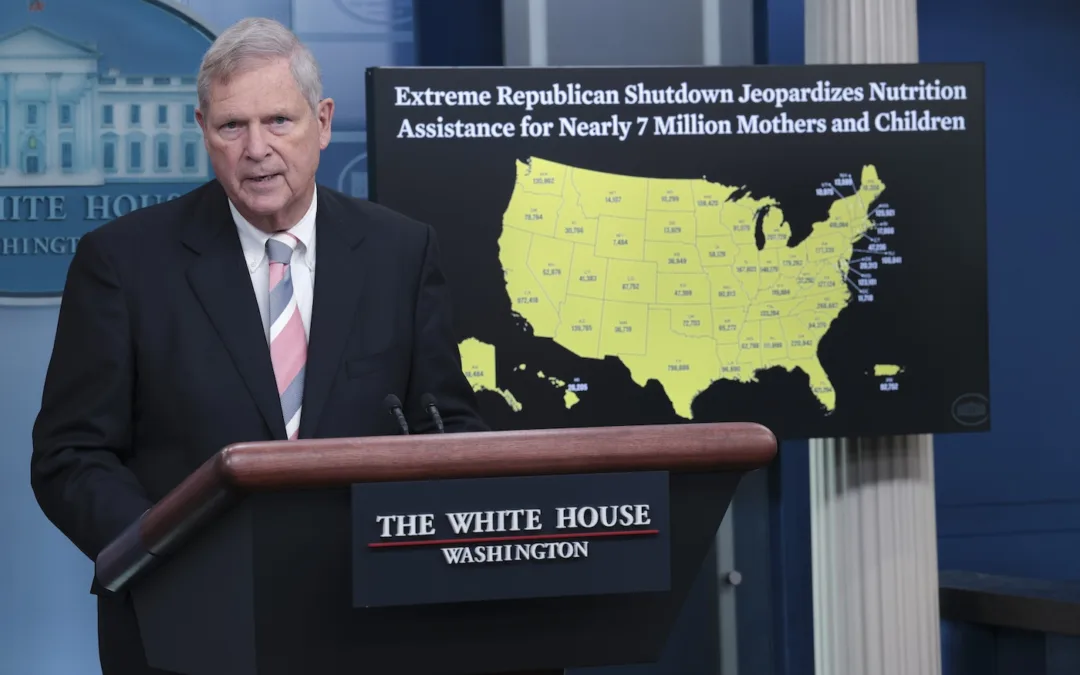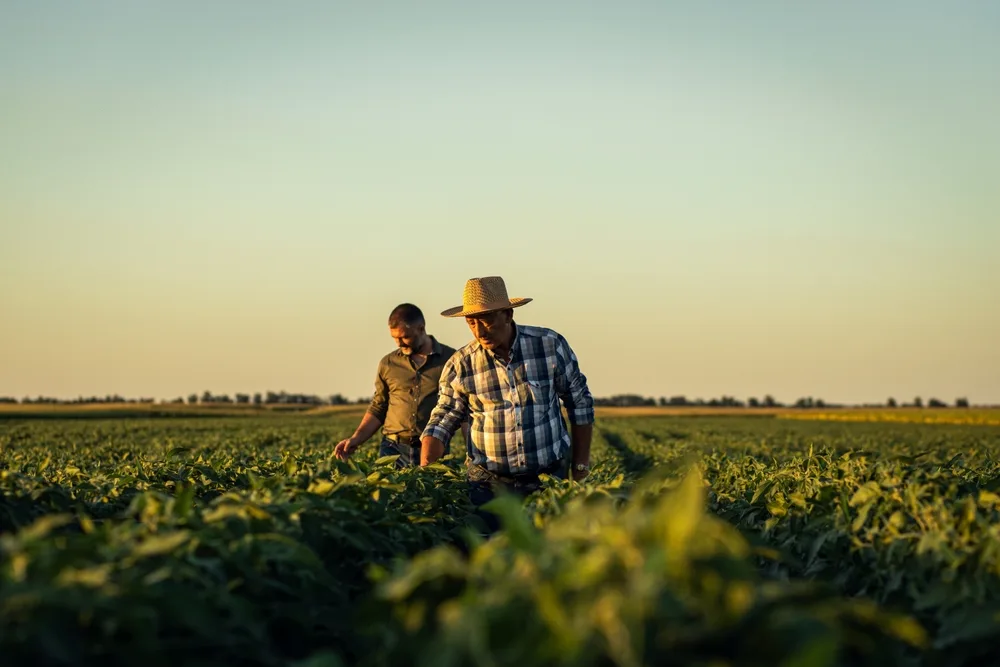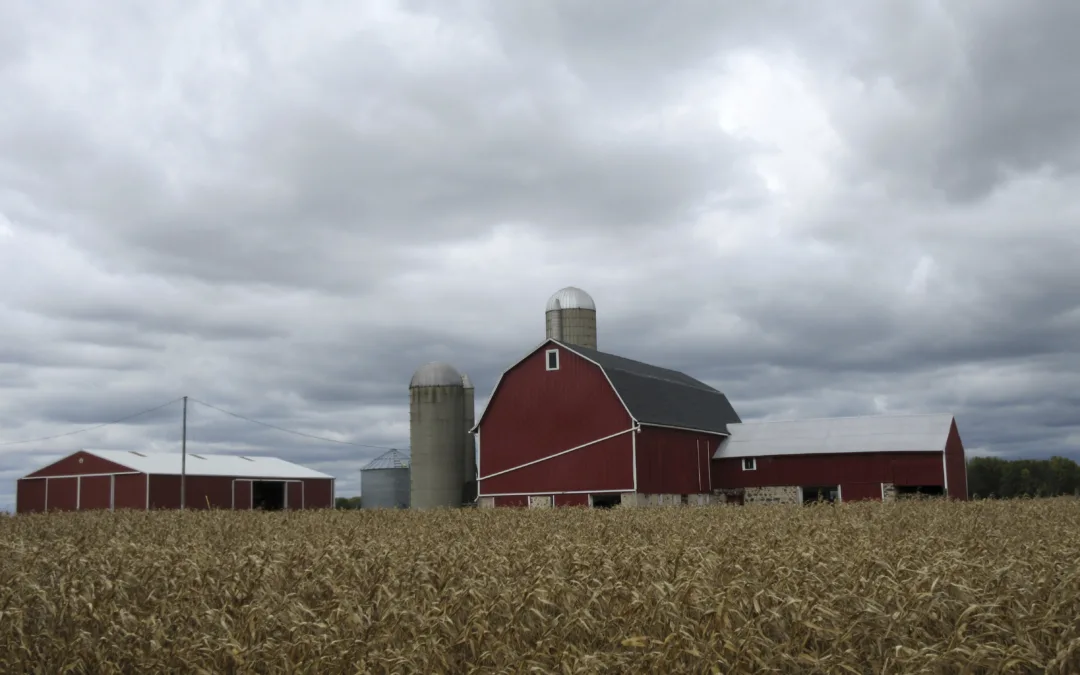
#image_title
#image_title
A report by the Government Accountability Office shows how America’s Dairyland is subsidizing large Southern producers.
As federal aid to help struggling Wisconsin farmers stay in business amid the coronavirus pandemic continues to lag much of the country, recently released figures show the practice of shortchanging the Badger State’s agriculture producers predates COVID-19.
According to a recent Government Accountability Office (GOA) report, United States Department of Agriculture (USDA) resources in 2019 disproportionately went to large farms in other parts of the country, leaving farmers in Wisconsin to continue to face financial hardship.
The GAO report shows that much of 2019 Market Facilitation Program (MFP) farm assistance dollars went to states in the southern US. Aid from that program went to 870,400 farmers who received average funding of $16,500. The highest average payments, the report shows, went to Georgia farmers, who received $42,500 per farmer.
In contrast, 29,409 Wisconsin farmers received average $11,800 payments from the program despite producing 26 percent more economic output than their Georgia counterparts. Farmers in Alabama, Louisiana, North Dakota, Alabama and other states also averaged significantly higher average payments than in Wisconsin.
A second round of program payments was distributed similarly as the USDA raised payment limits and created an additional $519 million for large farms, the report shows. Of the 11,589 farmers across the country receiving that funding, only 68 were from Wisconsin. They received just $2.1 million.
United States Sen. Tammy Baldwin (D-Wis.) said the GAO report is further evidence that federal aid to farmers and those in the timber industry is far too often leaving growers in her home state out of the funding equation.
“Simply put, Wisconsin farmers received far less aid than their southern counterparts,” Baldwin said in a letter to US Agriculture Secretary Sonny Perdue. “That’s a slap in the face to our hardworking farmers who are facing so many challenges.”
Larger payments to Georgia farmers have prompted scrutiny, given that Perdue is from that state.
Wisconsin farmers also have received relatively small aid payments this year as part of Coronavirus Aid, Relief, and Economic Security Act funding intended to help them remain in business as the pandemic continues. The formula for determining eligibility for those dollars benefited large farms, meaning many farmers have gone without much-needed money.
Wisconsin farmers were already hurting before the pandemic, the result of years of low milk and grain prices and federal policies that provided the most funding to the largest farms and agriculture interests, placing smaller family farms at risk.
Since 2016, 2,278 Wisconsin dairy farms –nearly 25 percent of those in the state– have gone out of business because of financial pressures. Last year alone that number was almost 800.
Many Wisconsin farmers who qualified for MFP payments received far lower per-acre payments than their counterparts across the southern US and in other parts of the country, Wisconsin Farmers Union President Darin Von Ruden said. The soybean sector was especially hard hit, he said.
Limits on how much any one farm could receive in MPF funding was altered, he said, allowing some large farms to receive much later amounts than originally called for. That, in turn, left less money for smaller farms.
“It was really a form of subsidization of large farms,” said Von Ruden, who operates an organic dairy farm near Cashton in western Wisconsin.
Last week Perdue and President Donald Trump announced the distribution of a second round of Coronavirus Food Assistance Program funding that could total $14 billion. During a stop in Eau Claire Thursday to campaign for Trump, Vice President Mike Pence touted the Trump Administration’s plan to help farmers, saying that funding has helped many continue to operate their farms during the pandemic.
However, others, including Baldwin, have been critical of the administration’s repeated failure to administer that funding in a timely manner, delaying assistance to farmers and food to people in need.
Von Ruden said while CFAP funding is helpful, it needs to be distributed in a timely manner and must be available to small farmers as well as large operators. Given the track record of MFP and CARES Act funding for farmers, he said he expects further funding disparities between Wisconsin farmers and those elsewhere. Despite higher milk prices currently, he said, grain prices remain low, and farmers continue to struggle.
“I hope this funding can be done on a more equitable basis going forward,” he said, “but I’m not counting on it.”
Politics

Biden administration bans noncompete clauses for workers
The Federal Trade Commission (FTC) voted on Tuesday to ban noncompete agreements—those pesky clauses that employers often force their workers to...

Opinion: Trump, GOP fail January 6 truth test
In this op-ed, Milwaukee resident Terry Hansen reflects on the events that took place on January 6, the response from Trump and other GOP members,...
Local News

Readers Poll: Top Bowling Alleys in Wisconsin
Looking for the best bowling in Wisconsin? Look no further! Our readers have spoken in our recent poll, and we have the inside scoop on the top...

8 Wisconsin restaurants Top Chef judges are raving about
Top Chef’s 21st season is all about Wisconsin, and on-screen, it’s already apparent that the judges feel right at home here. But, while filming in...




